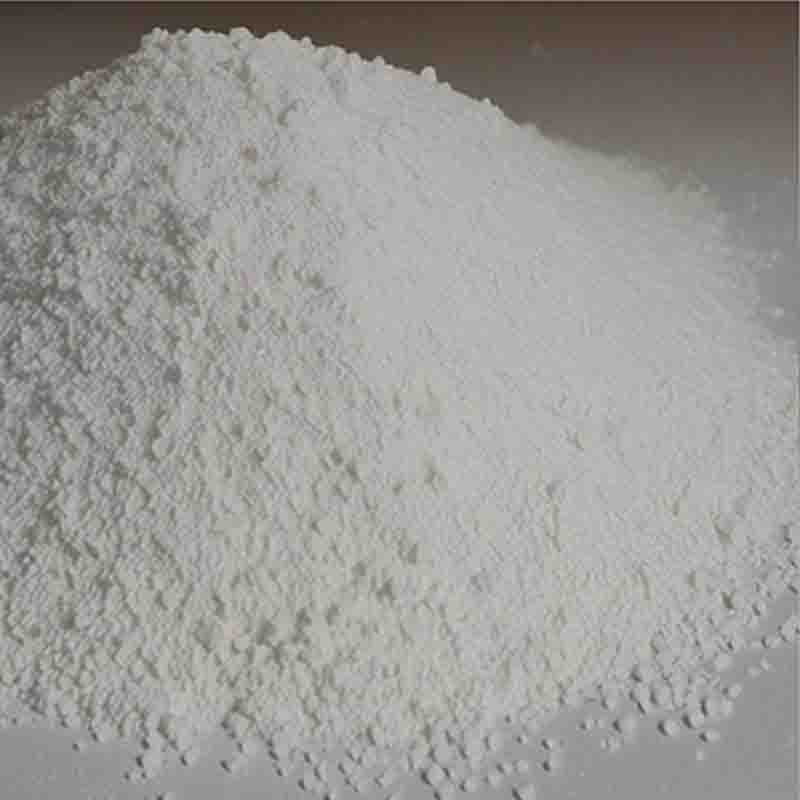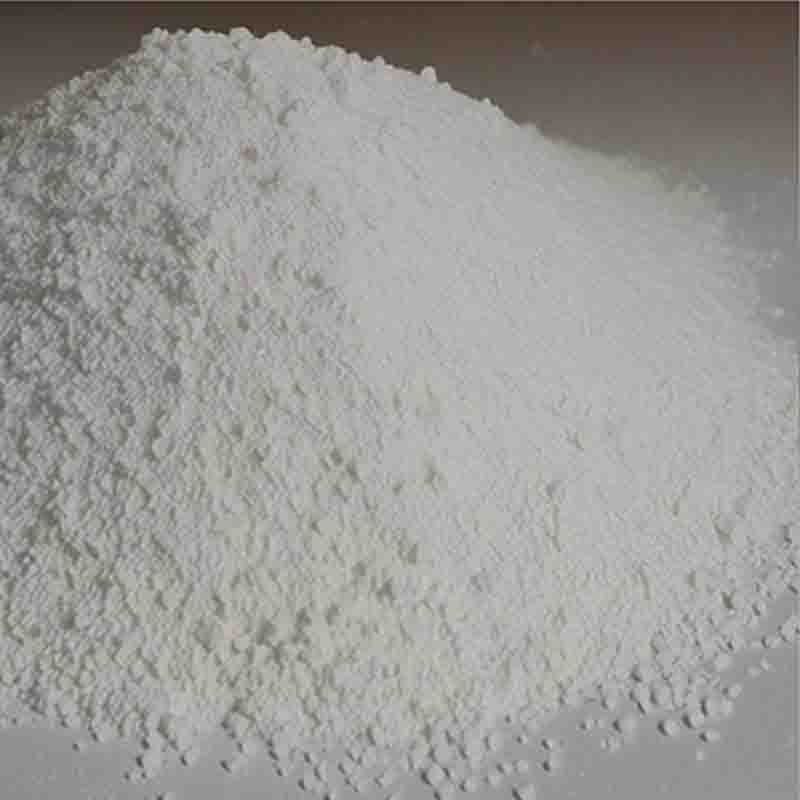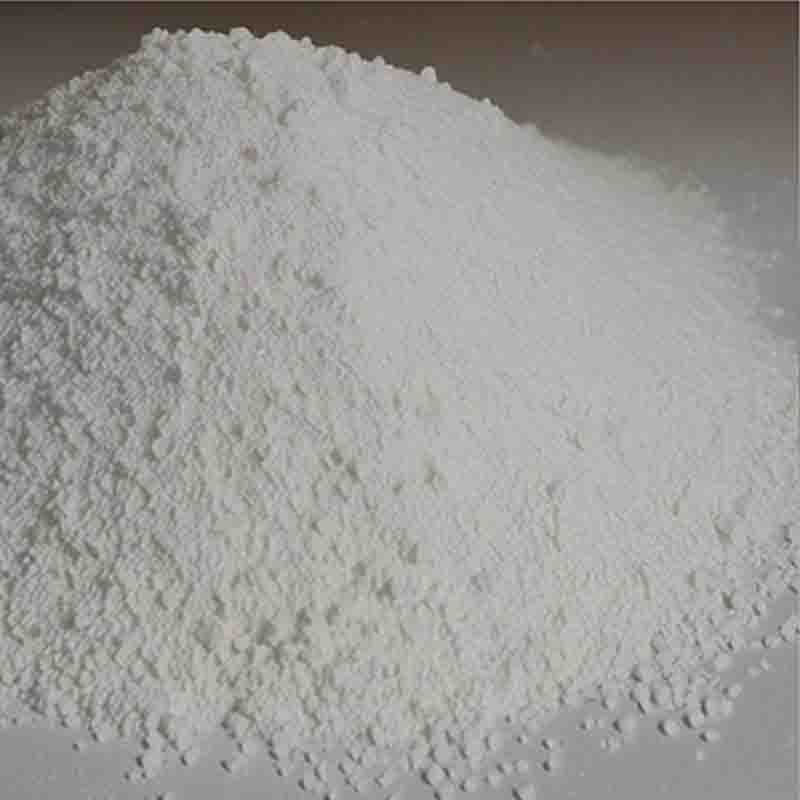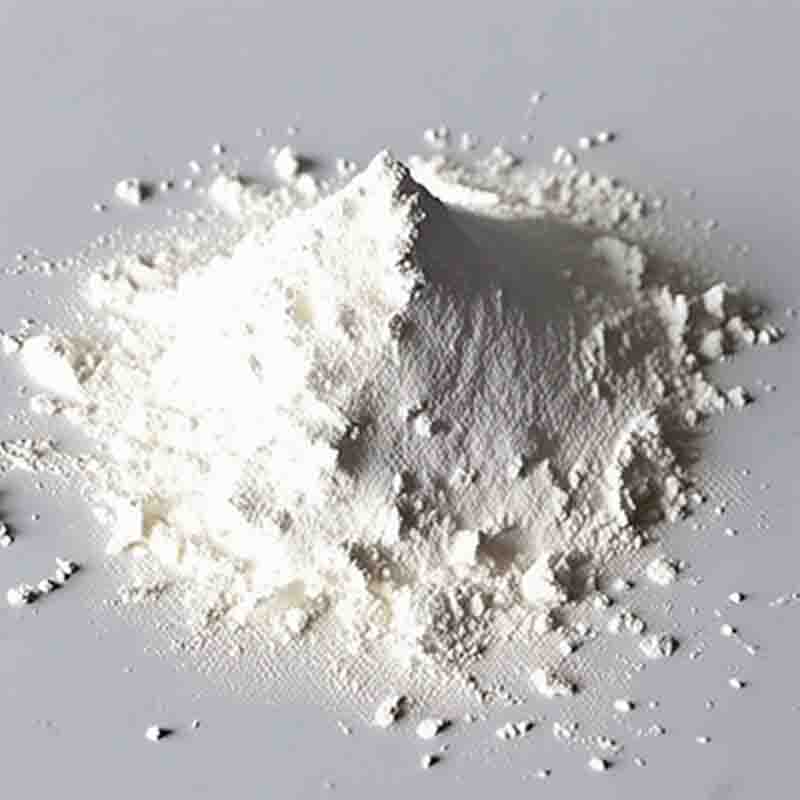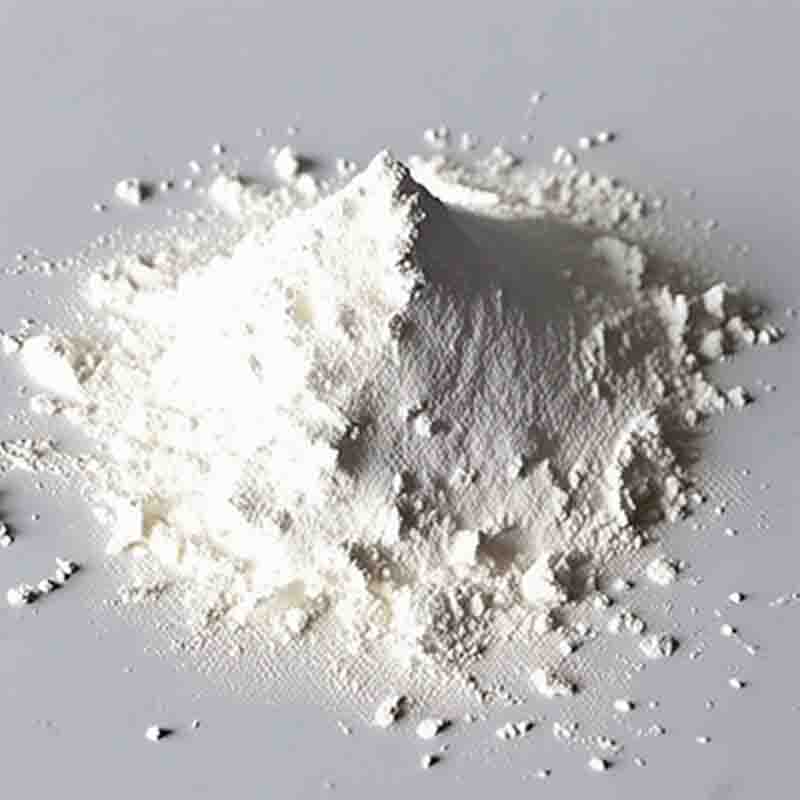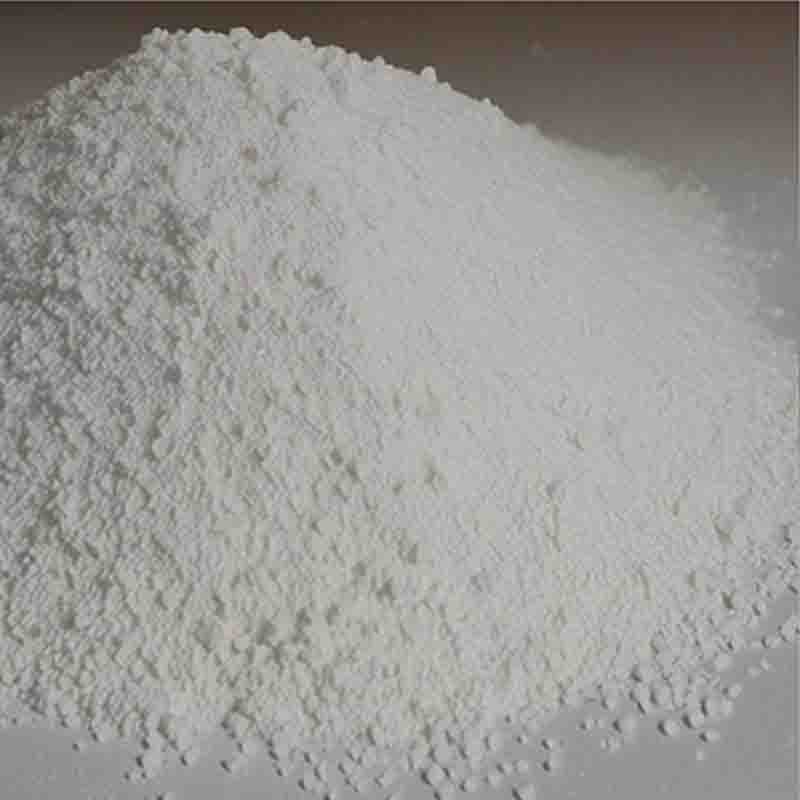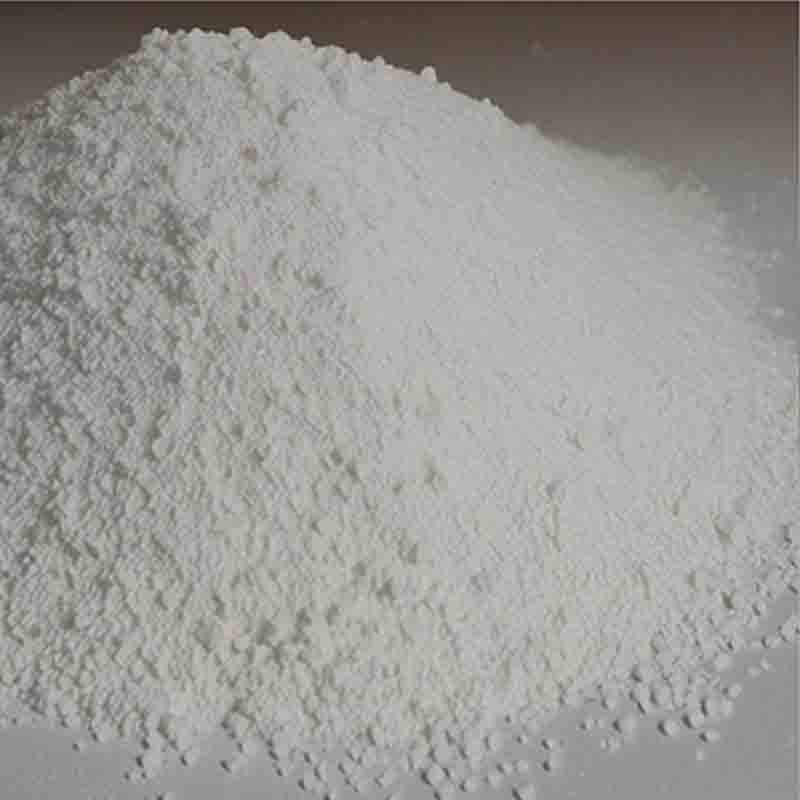Ethyl 2-(3-cyano-4-hydroxyphenyl)-4-methyl-1,3-thiazole-5-carboxylate CAS: 161798-02-3
| Catalog Number | XD93845 |
| Product Name | Ethyl 2-(3-cyano-4-hydroxyphenyl)-4-methyl-1,3-thiazole-5-carboxylate |
| CAS | 161798-02-3 |
| Molecular Formula | C14H12N2O3S |
| Molecular Weight | 288.32 |
| Storage Details | Ambient |
Product Specification
| Appearance | White powder |
| Assay | 99% min |
Ethyl 2-(3-cyano-4-hydroxyphenyl)-4-methyl-1,3-thiazole-5-carboxylate is a chemical compound with a complex structure that possesses various potential applications in scientific research and industrial settings.One potential use of this compound lies in the field of medicinal chemistry. The presence of the cyano and hydroxy groups in the compound signifies potential biological activities. Cyano groups are known to exhibit antiviral, antibacterial, and anticancer properties. Therefore, this compound can serve as a starting point for the synthesis of derivatives with potential therapeutic applications. Additionally, the hydroxy group indicates the possibility of antioxidant or anti-inflammatory activities, which are essential for combating oxidative stress and inflammatory diseases.Furthermore, the thiazole ring within the compound is of interest in medicinal chemistry. Thiazole derivatives have displayed various pharmacological activities, including antimicrobial, antitumor, and anti-inflammatory effects. Therefore, ethyl 2-(3-cyano-4-hydroxyphenyl)-4-methyl-1,3-thiazole-5-carboxylate can be utilized as an intermediate compound for the development of new drugs or pharmaceutical products with potentially beneficial properties.The compound's ester functionality (ethyl carboxylate) also offers opportunities for its use in industrial applications. Ester compounds are known for their use as solvents, plasticizers, and fragrance intermediates. Ethyl 2-(3-cyano-4-hydroxyphenyl)-4-methyl-1,3-thiazole-5-carboxylate can potentially be incorporated into these applications, providing specific properties or functionalities required for a particular product.In addition, the unique structure of this compound suggests its potential use in materials science. This compound's combination of aromatic, cyano, and thiazole moieties provides potential for chemical modifications and the development of functional materials. It can be used as a building block for the synthesis of polymers, dyes, or materials with desired properties such as conductivity, solubility, or stability.Furthermore, this compound may find applications in the agrochemical industry. Thiazoles have been used as active ingredients in fungicides and pesticides due to their antifungal and insecticidal properties. Therefore, derivatives of ethyl 2-(3-cyano-4-hydroxyphenyl)-4-methyl-1,3-thiazole-5-carboxylate could potentially be used as key components in the formulation of agrochemical products.In summary, ethyl 2-(3-cyano-4-hydroxyphenyl)-4-methyl-1,3-thiazole-5-carboxylate holds great potential for applications in medicinal chemistry, materials science, industrial synthesis, and agrochemicals. Its unique structure, incorporating functional groups such as cyano, hydroxy, and thiazole, makes it a versatile compound that can be further modified for specific purposes in various scientific and industrial fields.


